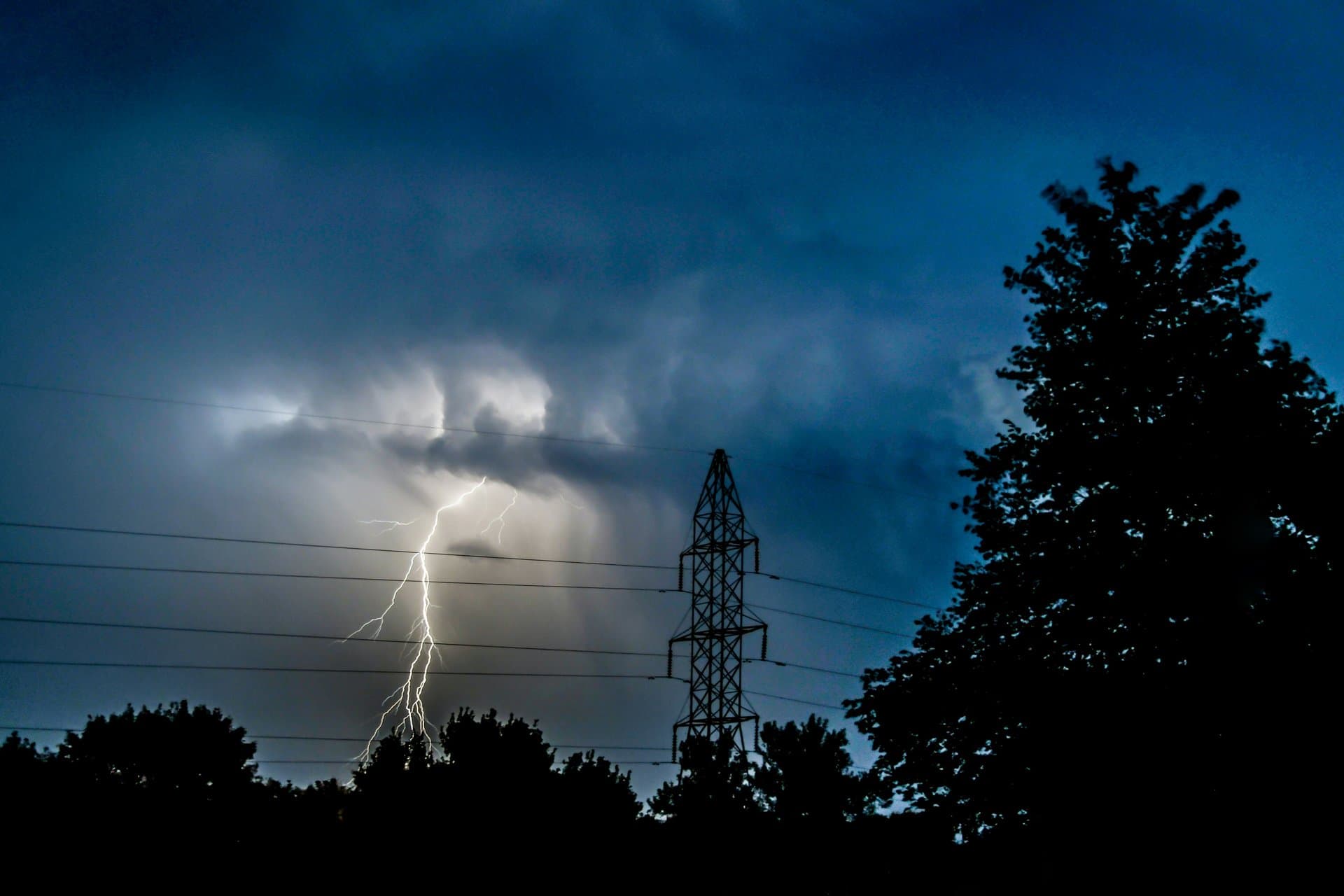Navigating Severe Storm Power Outages: Northeast Georgia and Citrus Park Insights
Explore how severe storms caused widespread power outages in northeast Georgia and Citrus Park, Florida, and discover actionable safety tips and restoration updates amid challenging weather conditions.

Key Takeaways
- Severe storms caused nearly 20,000 power outages in northeast Georgia.
- More than 4,000 customers lost power in Citrus Park and Westchase, Florida.
- Utility crews face challenges from downed trees and power lines during restoration.
- Safety tips include avoiding downed lines and proper generator use.
- Residents should stay informed and prepare emergency kits during storm seasons.

When fierce storms sweep through communities, the lights often go out, and life’s rhythm is disrupted. This past weekend, severe weather battered northeast Georgia and the Citrus Park area in Florida, leaving thousands without power and emergency crews racing against time. From Hall County’s 5,104 outages to over 4,000 in Citrus Park and Westchase, the scale of disruption was immense. Trees toppled, roads closed, and the hum of electricity fell silent for many. But amid the darkness, there’s a story of resilience, safety, and community response. This article unpacks the latest outage data, explores the challenges utility crews face, and shares essential safety tips to keep you prepared when the next storm hits. Let’s shed light on navigating power outages with confidence and care.
Understanding Outage Impact
Imagine waking up to a silent home, the usual buzz of appliances replaced by eerie quiet. That’s the reality for more than 4,000 residents in Citrus Park and Westchase, Florida, after severe thunderstorms swept through late Saturday night. Tampa Electric Company (TECO) reported widespread outages caused by high winds and heavy rain, with downed trees and power lines complicating restoration. Meanwhile, northeast Georgia faced a similar blackout saga. Counties like Hall, Habersham, and Lumpkin saw thousands plunged into darkness—Hall County alone had 5,104 outages affecting multiple utility providers. The Central Savannah River Area (CSRA) braced for continued storms, adding to the tension. These outages aren’t just numbers; they represent families navigating disrupted routines, businesses halting operations, and emergency crews battling nature’s aftermath. Understanding the scale and complexity helps us appreciate the challenges and the importance of preparedness.
Navigating Restoration Challenges
Restoring power after a storm is no simple flip of a switch. Utility crews in both Florida and Georgia faced a tangled web of downed trees, snapped power lines, and flooded roads. In Hall County, over 20 roads remained closed due to debris, slowing crews’ progress. TECO’s teams in Citrus Park and Westchase worked through the night, assessing damage and prioritizing safety. The complexity increases when multiple utility providers serve a region, as seen in northeast Georgia with Jackson EMC, Georgia Power, and others coordinating efforts. Restoration isn’t just about fixing wires; it’s about navigating hazardous conditions while keeping crews and residents safe. This intricate dance between urgency and caution underscores the resilience of these teams and the importance of community patience during outages.
Prioritizing Safety During Outages
When the lights go out, safety becomes paramount. Officials urge residents to steer clear of downed power lines—these silent threats carry deadly voltage. Reporting outages through official utility channels helps crews target repairs efficiently. Generator use, a common fallback, demands caution: operating them outdoors and away from windows prevents carbon monoxide poisoning, a hidden danger during blackouts. Candles, while cozy, pose fire risks if left unattended. Food safety also comes into play; keeping refrigerator and freezer doors closed preserves perishables longer, avoiding costly waste. These practical steps transform a stressful outage into a manageable event, protecting lives and wallets alike. Remember, safety isn’t just a guideline—it’s your best defense when storms strike.
Preparing for Future Storms
The recent outages are a stark reminder that storm season is no time for complacency. With the Atlantic hurricane season underway, reviewing emergency plans is essential. Assemble a disaster supply kit stocked with water, non-perishable food, flashlights, batteries, and first aid supplies. Signing up for local alerts ensures you receive timely updates on weather and restoration progress. Consider backup power options, but research safe generator practices thoroughly. Community preparedness also means checking on neighbors, especially the elderly or those with special needs. These proactive steps aren’t just about surviving a blackout—they’re about reclaiming control amid chaos. The peace of mind from being ready is a powerful antidote to storm anxiety.
Leveraging Utility Resources
When outages strike, knowing where to turn can ease frustration. Utility providers like TECO in Florida and Jackson EMC, Georgia Power, and others in northeast Georgia offer online outage reporting and updates. These portals empower residents to communicate issues directly and track restoration timelines. For example, Hall County residents can report outages through multiple EMC websites, streamlining response efforts. Staying connected with these resources transforms passive waiting into active participation. It’s a reminder that even in darkness, technology and community networks light the way forward. Bookmark your local utility’s outage center today—it’s your frontline tool for navigating power disruptions.
Long Story Short
Power outages during severe storms are more than inconvenient—they test our readiness and resilience. The recent outages across northeast Georgia and Citrus Park remind us that nature’s fury can disrupt even the best-laid plans. Yet, the swift response of utility crews and emergency services shines as a beacon of hope. Staying safe means respecting downed power lines, using generators wisely, and keeping emergency supplies close. It’s also a call to action: review your preparedness plans before the next storm rolls in. While restoration timelines vary, most affected customers can expect power back within 24 to 48 hours. The relief of a restored light switch is profound, but the peace of mind from being prepared is priceless. Keep informed, stay cautious, and remember—storms may darken the skies, but community spirit and smart preparation keep us shining bright.